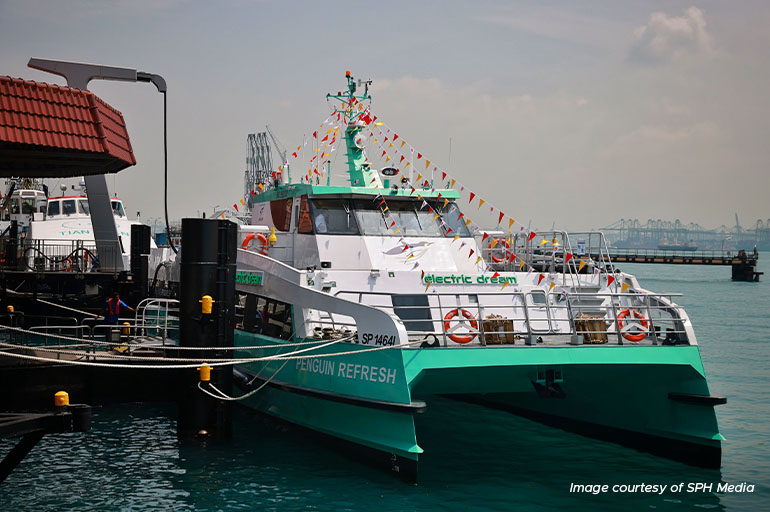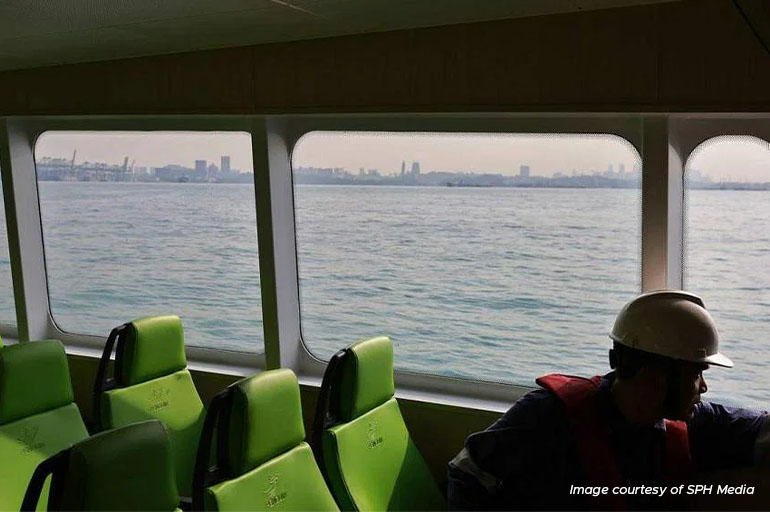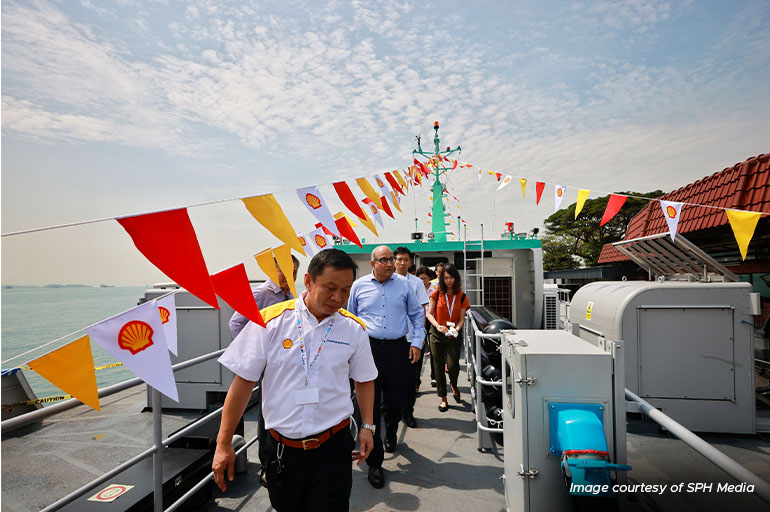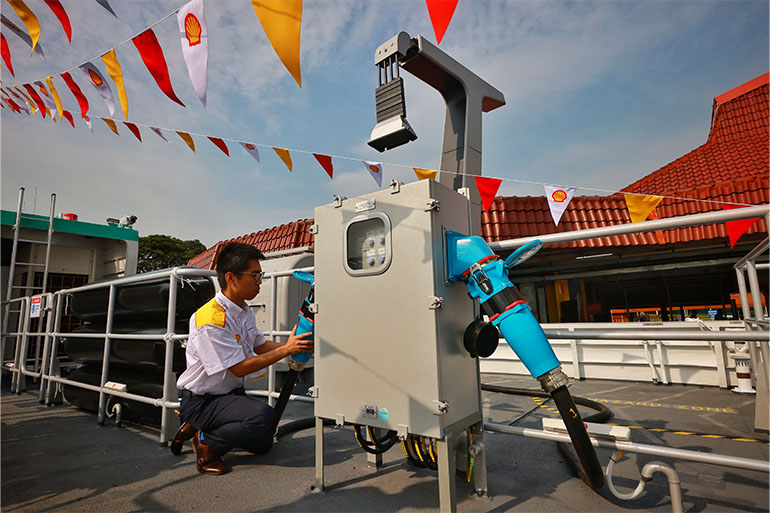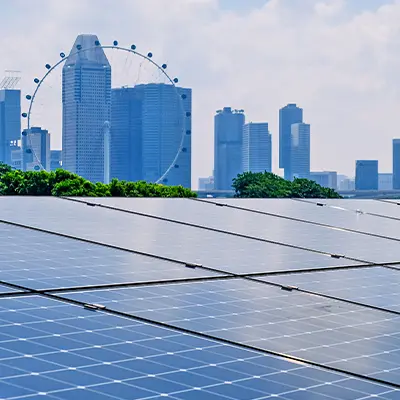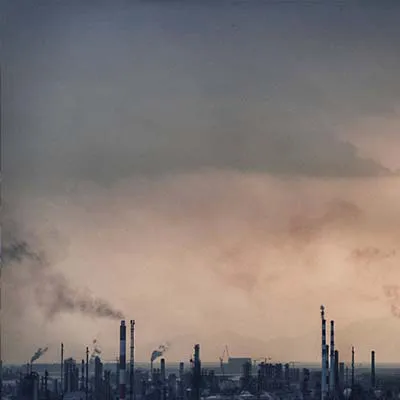Shell will be looking at how it can increase the charging infrastructure for electric vessels, while MPA will work to make spare charging capacity available to other users.
Transport Minister S. Iswaran, who was at the event, called Shell an important partner in Singapore’s efforts to reach net-zero emission by 2050. This is the target for the country to take out as much planet-warming greenhouse gases from the atmosphere as it releases.
Shell estimates that the deployment of the three electric ferries in place of diesel-powered craft will reduce carbon dioxide emissions by more than 6,200 tonnes annually. This is the equivalent of making 18,000 one-way road trips from Singapore to Bangkok in a medium-sized petrol-powered car.
The electric ferries also do not emit pollutants such as nitrogen oxides, sulphur oxides and particulates. Besides helping to cut greenhouse gas emissions, electric ferries are also quieter in the cabins than existing diesel-powered craft, enhancing the comfort of passengers.
Designed, built, owned and operated by local company Penguin, the electric ferry takes 12 minutes to complete the 5.5km trip from Pasir Panjang Ferry Terminal to Pulau Bukom. The service is paid for by Shell to transport its staff and contractors. Each ferry is operated by a crew of six and can carry up to 200 passengers.
The ferry service carries around 3,000 passengers daily, completing an estimated 1.8 million passenger trips a year.
When the vessels are berthed at Pulau Bukom, they will be charged using a combination of slow charging – which takes up to five hours to power an empty battery – overnight or during off-peak hours, and fast charging, lasting six minutes each time during peak hours.
